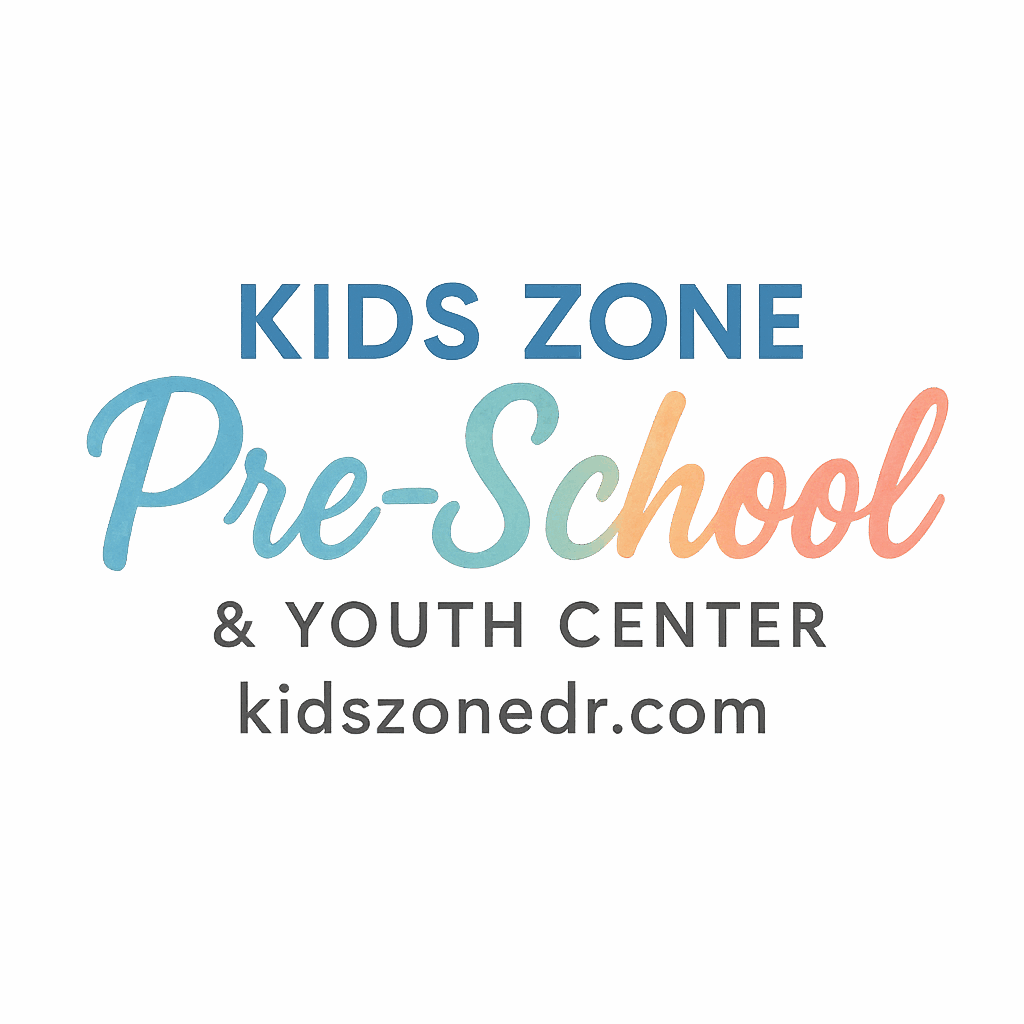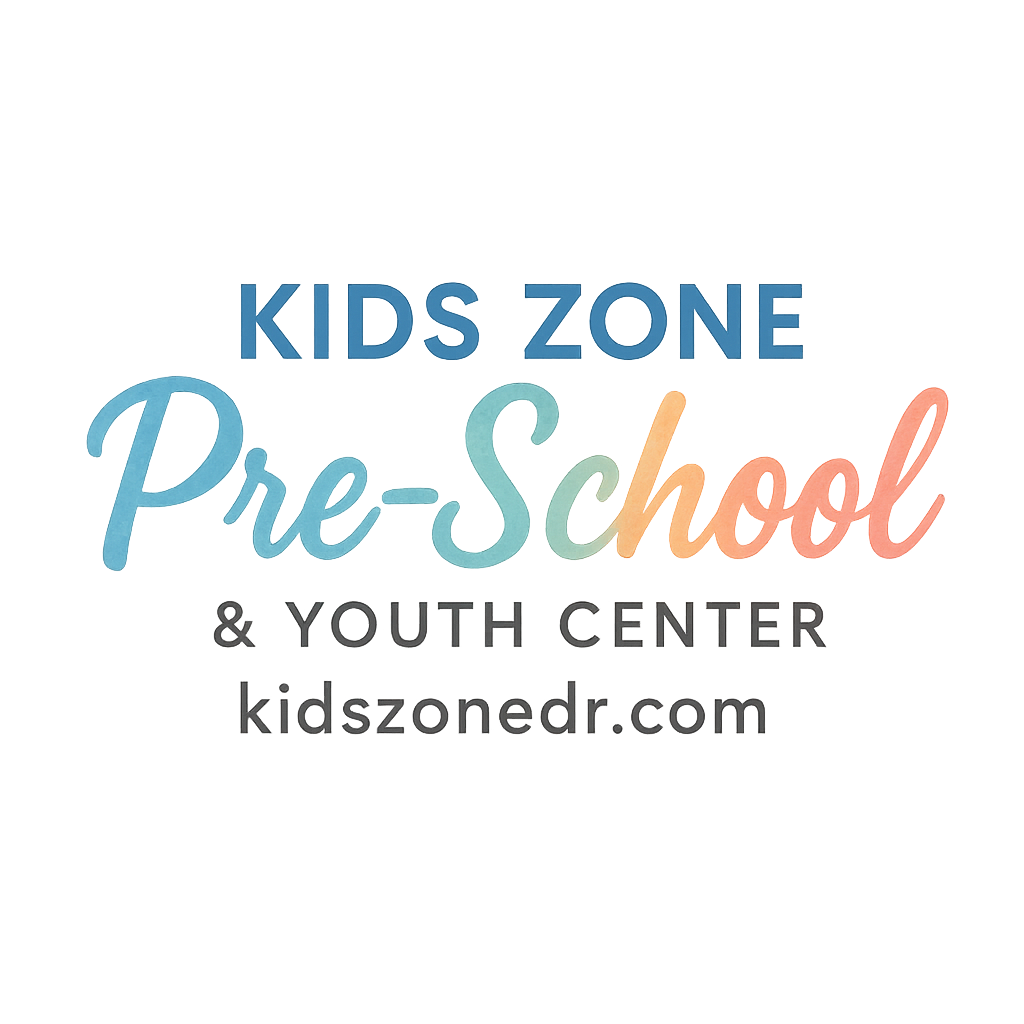Introduction: Why Dance Games Matter for Kids
Preschoolers and young children are bursting with energy—it’s like they have tiny batteries that never run out. Dance games are one of the best ways to channel that energy while promoting growth, fun, and creativity. Whether at a preschool classroom, youth center, or even at home, dance games encourage kids to move, laugh, and learn together.
In this post, we’ll dive into 11 preschool & youth center dance games for energy release—activities that not only keep kids active but also foster social skills, self-confidence, and wellness.
The Benefits of Dance Games for Preschoolers and Youth
Dance games are more than just fun—they support nearly every aspect of a child’s growth.
Physical Development and Coordination
Moving to music improves gross motor skills, balance, and body awareness. Dance games are like mini workouts for growing bodies.
Social Skills and Teamwork
When kids dance in groups, they learn cooperation, sharing, and turn-taking—essential skills for both school and life.
Confidence and Self-Expression
Dance is a natural way for kids to express themselves without words. Over time, they gain confidence in their own unique movements.
Stress Relief and Emotional Wellness
Movement helps children process emotions and release pent-up energy. Dance can be a safe outlet for frustration, excitement, or joy.
How to Set the Stage for Dance Games
Before starting dance games, a little preparation helps ensure safety and fun.
Choosing the Right Space
Pick an open area with enough room for free movement. Preschools and youth centers often have multipurpose rooms perfect for this.
Safety Considerations
Clear away sharp or breakable objects. Non-slip flooring is ideal, and younger kids may benefit from dancing barefoot.
Music Selection for Energy and Fun
Choose upbeat, age-appropriate songs with a steady rhythm. Mix classics with kid-friendly pop hits to keep excitement high.
11 Preschool & Youth Center Dance Games for Energy Release
Now let’s dive into the heart of this post—the games themselves!
1. Freeze Dance
Kids dance while the music plays, but must “freeze” when it stops. A perfect mix of silliness, listening skills, and movement.
2. Musical Statues
Similar to Freeze Dance, but kids must strike a statue-like pose when the music stops—adding creativity and balance to the challenge.
3. Dance Relay Races
Divide children into teams. Each child dances across the room, tags the next, and so on. Great for teamwork and laughter.
4. Follow the Leader Dance
One child leads with dance moves while others copy. Rotate leaders so everyone gets a turn at being in charge.

5. Copycat Dance Moves
Like a Simon Says dance game—kids mimic the leader’s moves but must stay sharp to follow quickly.
6. Dance Circle Spotlight
Form a circle. Each child takes a turn showing off a move in the center while others cheer them on—building confidence.
7. Balloon Dance Challenge
Kids keep a balloon in the air while dancing. It adds a playful twist and improves coordination.
8. Dance Scarf Play
Scarves make dance movements bigger and more colorful. Kids wave them around while twirling, hopping, or spinning.
9. Animal Dance Adventure
Kids pretend to move like different animals—hopping like a frog, stomping like an elephant, or fluttering like a butterfly.
10. Emotion-Inspired Dance
Ask kids to dance “happy,” “angry,” “sleepy,” or “excited.” This builds emotional intelligence through movement.
11. Limbo Dance Party
A classic! Kids take turns bending under a stick while dancing. Lower the stick gradually for extra fun.
Tips for Making Dance Games Inclusive
Adapting for Different Abilities
Offer seated dance options or modify movements so every child can participate comfortably.
Encouraging Shy or Reserved Kids
Pair them with a buddy or let them join group dances before stepping into the spotlight.
Linking Dance Games to Learning Goals
Boosting Cognitive Development
Dance games improve memory, rhythm recognition, and listening skills. Kids practice following instructions in a playful way.
Supporting Preschool Learning & Development
These activities align with preschool learning and development goals—boosting both physical and emotional growth.
Parental Involvement in Dance Activities
Encouraging Parents to Join In
Inviting parents to dance alongside their kids makes the experience more meaningful and strengthens the bond.
Benefits of Family Dance Time
Family dance parties at home extend the fun and reinforce healthy routines (parental guidance).
Keeping Dance Games Fresh and Exciting
Rotating Music and Themes
Switch songs frequently to keep kids engaged. Use different genres or cultural music for variety.
Adding Seasonal or Holiday Spins
Dance to holiday tunes, spooky beats for Halloween, or festive songs for New Year celebrations.
Conclusion: Dance Games as a Path to Growth
Dance games are more than energy-burners—they’re stepping stones for growth, learning, and joy. Whether in a preschool, a youth center, or at home, these activities create unforgettable moments filled with laughter, music, and movement. By incorporating these 11 preschool & youth center dance games for energy release, caregivers and educators can nurture healthy habits, social confidence, and lifelong wellness.
FAQs
1. What age is best for preschool dance games?
Most games can be adapted for ages 3–8, but even older kids enjoy them with extra challenges.
2. How long should a dance game session last?
About 15–30 minutes is ideal to keep kids energized without overwhelming them.
3. Do I need special equipment for these games?
Not at all—just music and open space! Props like scarves or balloons add fun but aren’t required.
4. How do dance games support classroom learning?
They boost focus, listening skills, and memory, making transitions smoother in daily routines.
5. What if a child doesn’t want to participate?
Offer gentle encouragement but never force participation. Many join in once they see the fun.
6. Can dance games be played outdoors?
Absolutely! Outdoor spaces provide more room and fresh air—just ensure safety with flat surfaces.
7. How often should preschools include dance games?
Daily or at least several times per week helps kids release energy and stay engaged throughout the day.


